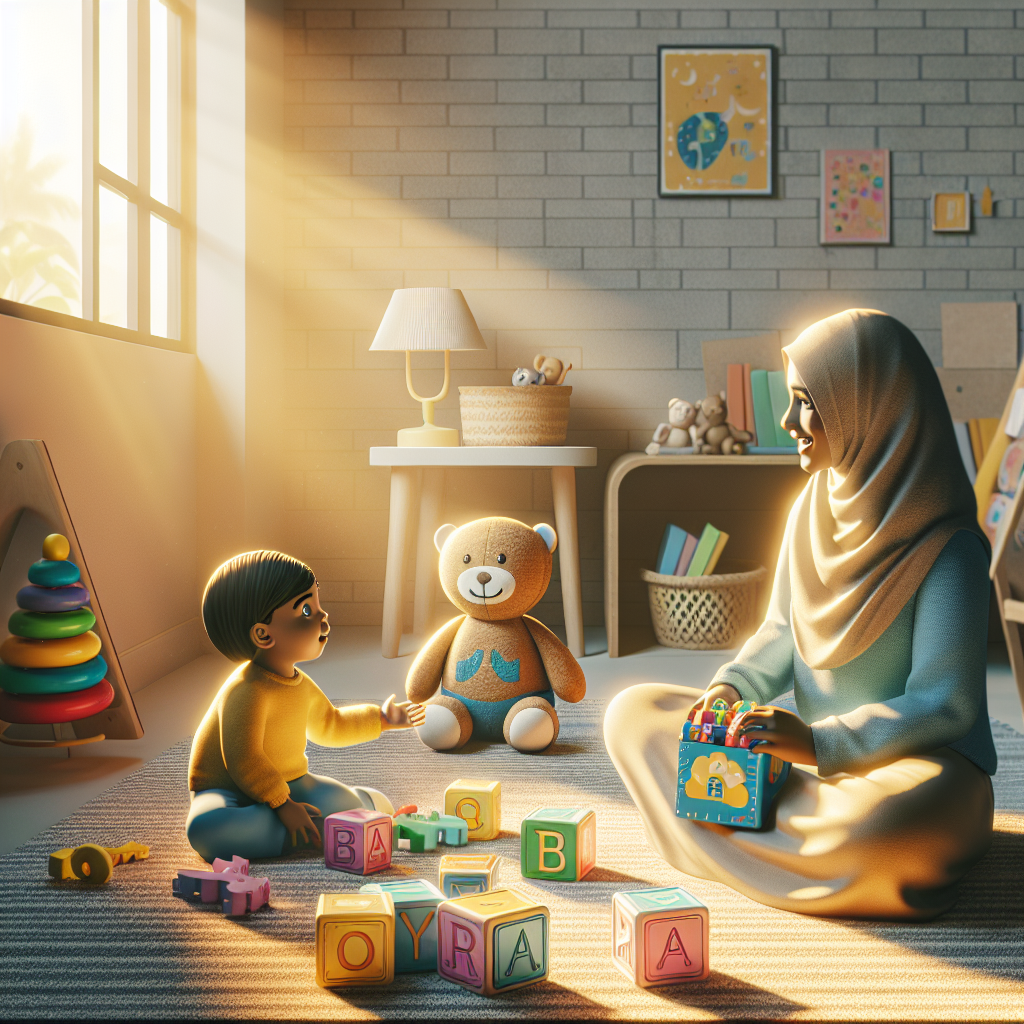The Best Toys for Encouraging Language Skills
As parents, educators, or caregivers, we all want to give our children the best start in life. One of the key areas of development is language skills. Toys are not just for entertainment; they can also be powerful tools for learning. In this blog post, we will explore the best toys for encouraging language skills in children. Let’s dive in! 🧸📚
Table of Contents
1. Introduction
2. Why Language Development is Important
3. Toys That Encourage Language Skills
3.1. Books and Storytelling Toys
3.2. Musical Instruments
3.3. Puppets and Role-Playing Sets
3.4. Interactive Toys
3.5. Educational Board Games
4. Tips for Choosing the Right Toys
5. Conclusion
6. FAQs
Introduction
Language skills are critical for children’s overall development. They form the foundation for learning, social interactions, and future academic success. But how can toys help in this journey? The right toys can stimulate a child’s curiosity, expand their vocabulary, and improve their communication skills. Let’s explore why language development is crucial and which toys can make a difference.
Why Language Development is Important
Language is more than just words; it’s a vital part of cognitive development. Early language skills are linked to later literacy skills, academic performance, and social competence. Engaging children in conversation, reading, and play can significantly boost their language acquisition process. By using toys that promote language skills, we can make learning a fun and interactive experience.
Toys That Encourage Language Skills
Books and Storytelling Toys
Books are classic tools for language learning. Picture books, interactive storybooks, and storytelling toys like puppets or story cubes can ignite a child’s imagination. These toys encourage children to create stories, enhancing their narrative skills and vocabulary. Reading together and discussing stories can also improve listening skills and comprehension.
Musical Instruments
Music is a universal language that transcends words. Playing musical instruments, singing songs, and clapping rhythms can help children develop phonological awareness, a crucial component of language skills. Simple instruments like drums, maracas, or xylophones can teach children about sounds, patterns, and rhythm, which are foundational for language development.
Puppets and Role-Playing Sets
Puppets and role-playing sets are fantastic for encouraging expressive language skills. These toys allow children to act out scenarios, experiment with dialogue, and practice social interactions. Whether it’s a puppet show or a pretend play kitchen, these toys provide endless opportunities for creative storytelling and language use.
Interactive Toys
Interactive toys like talking dolls, electronic learning systems, and smart devices can engage children in conversation and language practice. These toys often come with language-focused activities, such as word games, sing-alongs, and language quizzes, making learning interactive and enjoyable.
Educational Board Games
Board games designed for language development can be both educational and entertaining. Games like Scrabble, Boggle, and Pictionary can enhance vocabulary, spelling, and language comprehension. Playing these games as a family can also improve social skills and turn learning into a bonding experience.
Tips for Choosing the Right Toys
When selecting toys for language development, consider the child’s age, interests, and developmental stage. Look for toys that encourage interaction, conversation, and creativity. Avoid toys that do all the talking or have limited vocabulary exposure. Instead, focus on toys that provide opportunities for open-ended play and language-rich experiences.
Conclusion
Language development is a crucial part of a child’s growth, and the right toys can make this journey both fun and educational. From books and musical instruments to interactive toys and board games, there are numerous options to choose from. By selecting toys that promote language skills, you can support your child’s communication abilities and set the stage for lifelong learning. 🎉
FAQs
Q: What age should I start using language development toys?
A: It’s never too early to start! You can introduce language development toys as soon as your child shows interest, even in infancy. Simple toys like rattles and board books can be a great start.
Q: Can electronic toys replace traditional language development methods?
A: While electronic toys can be beneficial, they should not replace traditional methods like reading aloud, storytelling, and direct conversation. A balanced approach is best for optimal language development.
Q: How can I make language learning fun for my child?
A: Involve your child in interactive and enjoyable activities, such as singing, playing games, and storytelling. Encourage their interests and provide a variety of toys that cater to their curiosity and creativity.
Remember, the goal is to make language learning a joyful and engaging experience for your child. Happy playing and learning! 🌟
